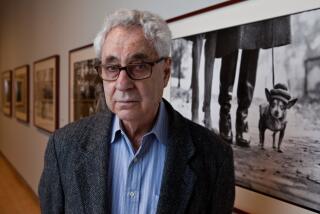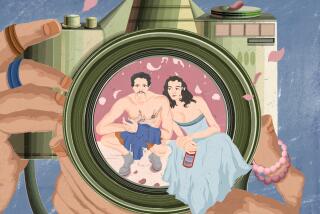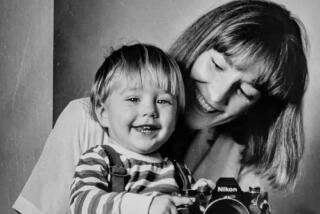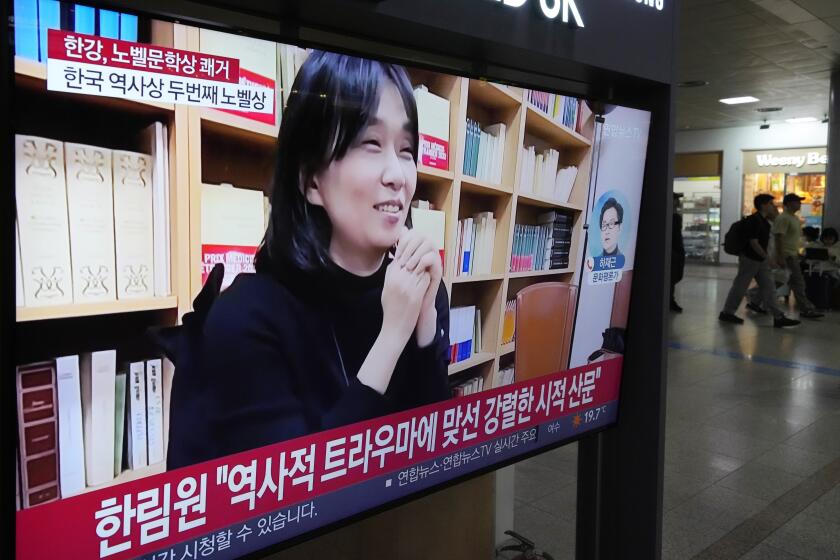Hello, Norma Jeane
In 1945, a young Hungarian-born photographer named Andre de Dienes was working in Hollywood and looking for young women to pose nude for a project he was working on. He called Emmeline Snively, the head of the Blue Book Model Agency at the Ambassador Hotel, to see if she had anyone available. Snively suggested a 19-year-old by the name of Norma Jeane Baker who had just entered the modeling field and was waiting for her first assignment.
When the woman who would shortly thereafter become Marilyn Monroe arrived at his apartment later that day, De Dienes was instantly smitten with the fresh-faced brunet. “It was as if a miracle had happened to me,” he wrote years later. “Norma Jeane seemed to be like an angel. An earthly, sexy-looking angel! Sent expressly for me! As minutes passed, I fell more and more in love with Norma Jeane; there was an immediate rapport between us.”
De Dienes’ remarkable collection of color and black-and-white photographs of the budding sex symbol, as well as pictures he took of her when she became the toast of Hollywood, are featured in the new coffee-table book “Marilyn” (Taschen). The book, which, at $200, comes in a replica of a Kodak film box, also includes the late De Dienes’ memoirs, complete with more photographs and contact sheets of Monroe and reproductions of magazine covers he shot of her.
“Everyone feels they know the Marilyn story, but Andre’s diaries are really interesting because they give a perspective that no one has ever heard,” says Steve Crist, who edited the book with the photographer’s widow, Shirley T. Ellis de Dienes.
“She was 19 when they first met, and she was totally a different person [than Marilyn Monroe],” Crist says. “Andre said over and over in his diaries she was just a girl when he met her.”
In each photo of Norma Jeane -- whether frolicking at the beach or cavorting in the mountains or even posing with ewes -- she is smiling broadly, as if she doesn’t have a care in the world. “You can see she was a happy person, and we are not used to seeing that,” Crist says.
De Dienes and Monroe became lovers -- she was separated at the time from her first husband, Jim Dougherty -- and the photographer became obsessed with her. “He says that Marilyn at 19 had a certain sophistication with men,” Crist says. “She obviously had a real attractive quality about her. She was literally chased by men.... One thing that does come across is that she had this unique, mystical kind of quality to her, and Andre fell under that spell.”
Though their love affair fell apart in 1946, De Dienes photographed her over the years and, he wrote, she often would call him out of the blue or show up unannounced at his house. The last time he saw her was in 1961, a year before her death.
“I think she really felt that Andre was one person who was a real friend even though they had sporadic communication,” Crist says. “I think he was one of those special people in her life.”
De Dienes, who died of cancer in 1985, became somewhat of a recluse in his later years. “The last 10 years of his life he wasn’t very active in terms of taking pictures or publishing,” Crist says. “He was much more inward, a total contrast to the early part of his life where he was so much a world traveler and outgoing.”
More to Read
Sign up for our Book Club newsletter
Get the latest news, events and more from the Los Angeles Times Book Club, and help us get L.A. reading and talking.
You may occasionally receive promotional content from the Los Angeles Times.








